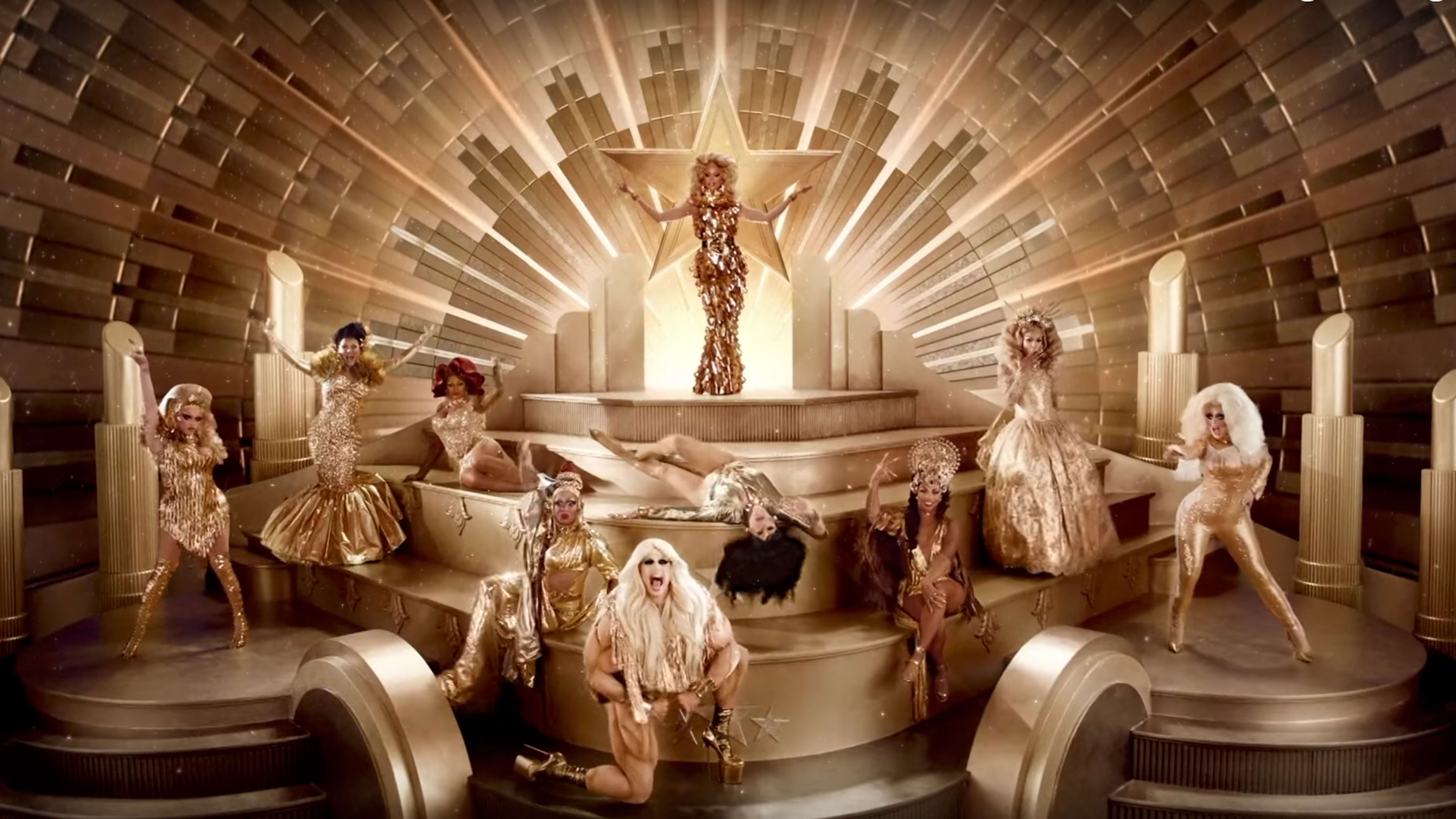When I meet him at DragCon’s New York City debut last September, Edward Wang and his stock of plush toys, backpacks, and home decor were nestled in among tables hawking leather corsets and roped-off booths with paddles and poppers. “I didn’t think it would be the right crowd,” he acknowledges.
The founder of Wingbot, an online shop for twee accessories, Wang runs one of many retailers whose tenuous relationship to drag, or even queer, culture isn’t stopping them from dipping their toes in the revenue stream unleashed by RuPaul’s Drag Race. Wang’s brother was the one to talk him into getting a booth at DragCon, the convention franchise born out of VH1’s popular reality show in which a dozen or so queens compete to become “America’s next drag superstar” and win a $100,000 check.
“It’s a good opportunity, and I think we’re the only ones here that sell this kind of stuff,” Wang tells me, gesturing toward a velveteen cat with smiling whiskers. Down a nearby aisle, a company called ToothKandy is selling a gaggle of teens on the chance to bedazzle their teeth with semiprecious stones.
For companies that offer kids a means of self-expression–whether it’s in makeup, tees, or a cute backpack–drag is the market to be in. Since launching in 2009, the audience for RuPaul’s Drag Race has grown dramatically, doubling its viewership to 1 million after Viacom moved the show last year from Logo, its LGBTQ-focused network, to VH1. The series and its hollow-cheeked host, RuPaul Charles, have won Emmys galore, been the subjects of incalculable trend pieces, and spurred lucrative brand opportunities for many of its queens. Now others are cashing in–no wigs required.
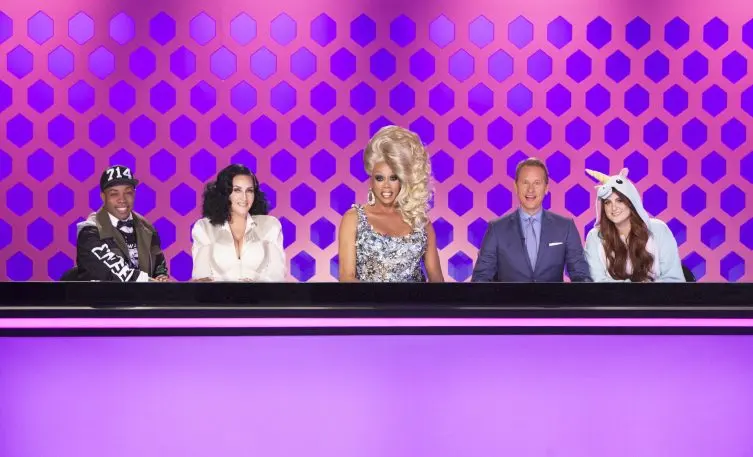
Drag As Big Business
In the rush to meet market demand, few in the drag business seem to be kept up at night by philosophical questions about what its mass commercialization might mean–for the LGBTQ community, for kids and families, or for the art form itself.
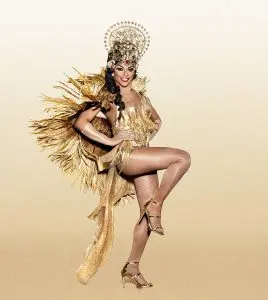
Until recently, drag queens themselves were the main beneficiaries (to varying extents) of the gold rush set off by Drag Race. Three years after introducing herself to the public in the second season of the series, which aired in 2009, Shangela founded Say What Entertainment, a talent agency specializing in drag performers. The firm began by handling nightclub bookings but now brokers TV role deals, brand ambassador positions, and university speaking engagements. “We encourage our clients to go for the full gamut,” says Shangela, whose agency currently represents seven clients. “We want them to be very well rounded.”
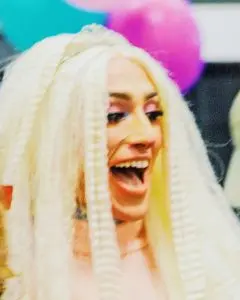
“I really do feel like this is at the tip of the iceberg,” BibleGirl says of the expanding merchandising opportunities for drag performers. “I think it’s going to be a very fast domino effect . . . The market is only getting wider.”
Related Video: How “Drag Race” Turned Drag Queens Into Bankable Brands
The Parent Trap
About an hour north of Miami’s thrumming gay club scene, where big-ticket circuit parties coexist alongside the old-school drag bars of South Beach, a family of three is settling into their couch to watch the latest episode of Drag Race.
Heidi Ferguson has been a loyal RuPaul fan since the self-described “supermodel of the world” first shimmied into the B-52s’ 1989 music video for “Love Shack.” She introduced her 11-year-old daughter and 9-year-old son to Drag Race three years ago, and her daughter has since become obsessed, emulating the cast of queens with her own sassy comebacks. But Ferguson notes that her ex-husband doesn’t think the show is appropriate for kids their age. “He’s a staunch Republican, right-wing extremist-to-the-max, Fox News all day,” she says. Ferguson acknowledges the show’s occasional raunch but doesn’t mind having to explain certain things to her kids. As far as her ex goes, “I think he’s more concerned that it’s men dressed up as women,” she says.
GALLERY: RuPaul’s DragCon Sweeps New York City–Next Stop: World Domination
Some parents, like Ferguson, are fine with their kids ogling legions of drag queens festooned in colorful faux furs, ruffled tulle, and dramatic headpieces like the battle armor of alien priestesses. But not everyone is quite ready for a gender-fluid future. And for teens grappling with their identities and their families’ values simultaneously, Drag Race is a synapse for passing new ideas along to their parents.
“My mom and I were watching Drag Race together, my dad came in and started calling them horrible names,” one Redditor shared in a subreddit last October. “I started crying, my mom was confused, and that’s the story of how I accidentally came out to my mother.” I found other commenters in a Reddit thread actively seeking advice for getting their parents to watch the show, as a potential lubricant to family friction over sexuality and gender identity. “I watch it with my mum to try to make her more liberal/empathetic to gay/trans issues and ppl so when i do come out to her, she’ll understand more,” another Redditor wrote.
https://www.youtube.com/watch?v=4llQ4yRIiJc
Kids–gay, straight, somewhere in between, or none of the above–have long looked to alternative cultures and communities to establish their sense of self; Drag Race is merely the latest such haven. But part of the show’s unique appeal may be the way the it deals with difficult family dynamics in its programming.
During season eight, in 2016, Chicago-based drag queen Kim Chi talked about how she hadn’t come out as a gay man to her Korean parents, who didn’t know at the time that she was a drag performer, either. Monica Beverly Hillz tearily came out as transgender during the fifth season, paving the way for Peppermint, who also spoke about being a trans woman on season nine last year. And in the second season of All Stars, Alyssa Edwards shared a touching on-screen moment with her sister as they grieved the anniversary of their mother’s death.
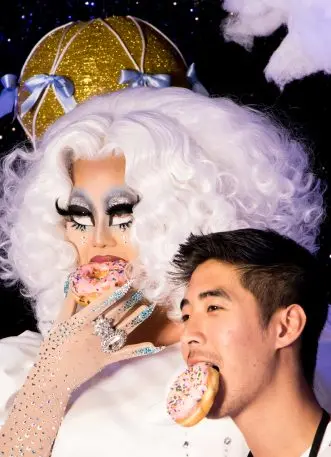
Ferguson, for example, shelled out for three $70 tickets to DragCon in New York last spring. Hurricane Irma foiled her plans to fly north for the three-day extravaganza, which was thronged by some 35,000 fans. It wasn’t a total washout, though, Ferguson told me. She managed to redeem the airfare for a later date–and took her kids up to the Big Apple for a drag queen storybook reading instead.
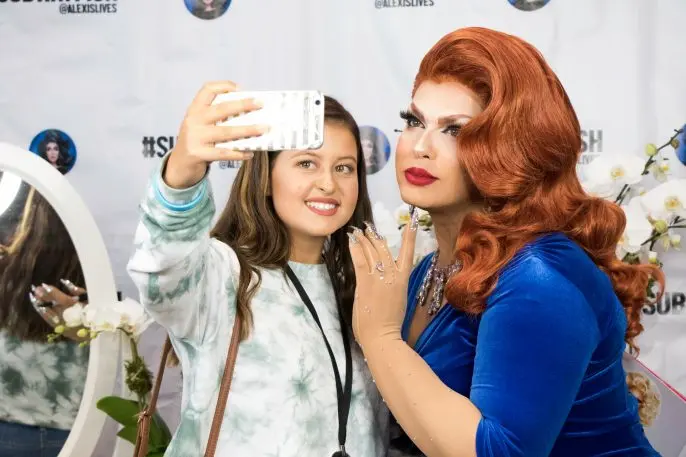
Community, Consumption
“It’s really weird how it’s come full circle,” Amy Doan tells me at DragCon, glancing up and away. “When I was younger I used to look at the older people and be like, ‘I’m gonna be that when I grow up!’ and now little kids are doing it to me.”
Now the owner of Sugarpill Cosmetics, Doan recalls sneaking into drag clubs to gawk at queens strutting around stage in full makeup, long before Drag Race was on the air. As a kid she was eager to shake off her family’s conservatism and “get out of that town and look like them–look like those queens,” she says.” Many younger customers who now buy Sugarpill’s candy-colored products share the same dreams.

Drag’s transformation into a consumer segment comes at a time when gay nightlife in major cities is in flux. High rents and the ease of hooking up via apps like Grindr are putting the squeeze on the gay bars where drag has traditionally thrived, mostly outside of mainstream view. Now that RuPaul’s Drag Race is mediating conversations about gender identity and sexuality across hundreds of thousands of American living rooms, drag iconography is taking on a new meaning, too–as just another way for kids to signal tribal belonging.
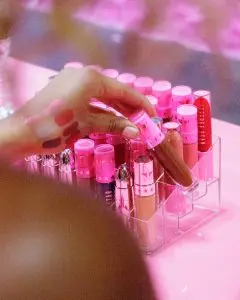
Thanks to Belli, Phluger says, “I do a lot more crazy colors, like a lot of wild colors now.” Her friend, Jimmy Sherron, adds that he’s more interested in makeup that can withstand long hours of wear. For that reason he prefers the cosmetics line by YouTube personality and makeup maven Jeffree Star.
The influx of youngsters and their parents is assuredly good for business. It isn’t for nothing that in 2016 Covergirl announced its first male ambassador, and brands like Marc Jacobs and Diesel followed suit in booking androgynous talent.
But I wonder–while perusing the leather body-harnesses, spike collars, and combat boots on offer at DragCon–how these commercial opportunities are impacting other facets of the culture. I ask Viktor Pelayo, founder of Huntees, who got his start making t-shirts for his dodgeball team before selling drag-themed swag, whether the expanding market influences his designs.
“It is in my mind a lot,” he says, pausing to collect his thoughts. A lot of homoerotic and drag-adjacent art can be really visceral, Pelayo explains, and he doesn’t want to limit his audience by producing anything too explicit. After all, his Drag Race shirts now account for 30–40% of Huntees’s business. “I think keeping it pop and stuff is good,” he concludes.
“And, you know, it also allows even the straight community to buy stuff.”
With additional reporting by Rina Raphael.
Correction: This article has been updated to reflect that DragCon New York was held in September 2017, not in May as initially stated.
Recognize your brand’s excellence by applying to this year’s Brands That Matter Awards before the early-rate deadline, May 3.
